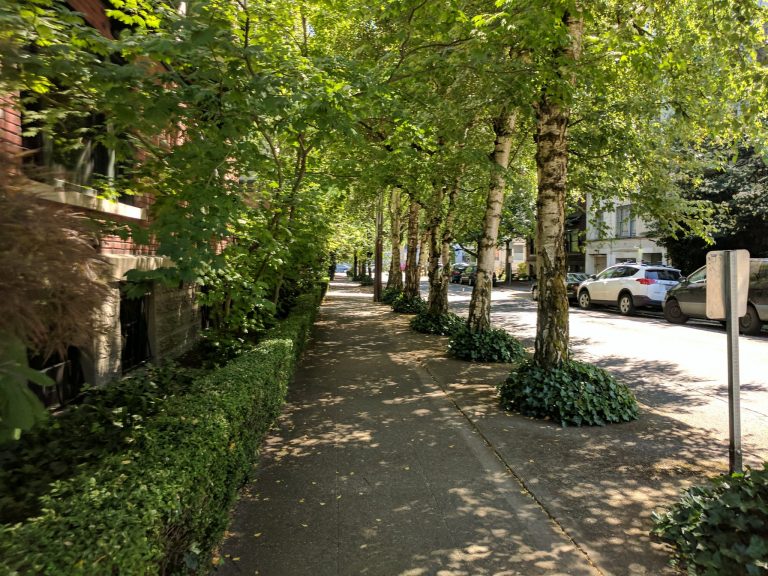Published on July 19, 2024

Reported by Erik Stokstad for Science
The wood inside the average tree might seem barren, but it’s home to an incredibly diverse array of life. More than 1 trillion fungi, bacteria, and other microbes live inside the average trunk, according to the most comprehensive survey yet conducted, comprising unique communities specialized to various tree species.
Some of the microbes could be candidates for probiotics to ward off or kill pathogens, says Jesús Mercado-Blanco, a microbiologist at the Spanish National Research Council who was not involved with the work. As such, he says, the study—posted as a preprint on bioRxiv—could lead to new ways to protect vulnerable trees around the world.
Microbes are an important part of plant life. Fungi in the soil help roots access water and nutrients, for example, and beneficial bacteria and fungi on leaves can prevent infection by harmful fungi or bacteria. But little is known about the microbes living inside healthy wood, which makes up a huge amount of biomass. The estimated 10 trillion trees on the planet contain 450 gigatons of carbon, dwarfing the 2 gigatons found in animals.
So in the new study, Yale University Ph.D. student Jonathan Gewirtzman teamed up with Wyatt Arnold, another Yale Ph.D. student who specializes in molecular biology. The duo traveled to a research forest in Connecticut to study 15 common tree species, including oaks, maples, and pines. They removed wood samples from the trunks of 158 trees by taking cores thinner than a pencil. They also took soil samples from around each tree. After extracting DNA from the wood and soil, they sent the genetic material to a lab for sequencing of key marker genes called 16s and ITS. Arnold took those data and matched them to sequences from known types of microbes.
To get a rough estimate of the number of prokaryotic microbes—bacteria and archaea, which look similar but have different evolutionary histories—inside a typical tree, Gewirtzman and Arnold started with their abundance in 1 gram of wood from the cores. Multiplying that by the weight of a 5-ton tree, they came up with 1 trillion prokaryotes. (This doesn’t include fungi, which are eukaryotes and whose abundance could not be reliably calculated from the genetic data.) That may sound like a lot, but the human digestive tract contains about 38 times more prokaryotic cells than a tree trunk.
Just as various animals have their own distinct microbiomes depending on what they eat, the 15 tree species had unique communities living in their wood. Maple trees, for example, had a lot more sugar-eating specialists that may feed on the sweet sap from which maple syrup is made. Tree species known to resist rot, meanwhile, such as eastern hemlock, had the lowest abundance of microbes.
There was a broad pattern across the forest, as well. Regardless of the tree species, microbial communities appear to specialize for life in different tissues. The dense heartwood, which tends to have less oxygen than the surrounding sapwood, had more abundant methanobacteria, for example, which produce methane. The sapwood, in contrast, has bacteria adapted to living with higher concentrations of oxygen.
This pattern had been identified previously in a study of a single tree species. But because the new study expands the analysis to 15 common species, Gewirtzman says it begins to provide a picture of a typical microbiome of wood in living trees. “This is a significant step forward,” agrees Sharon Lafferty Doty, a plant microbiologist at the University of Washington.
Continue reading here.
On the value of urban tree cover- the wood inside the average tree contains more than 1 trillion fungi, bacteria, and other microbes.